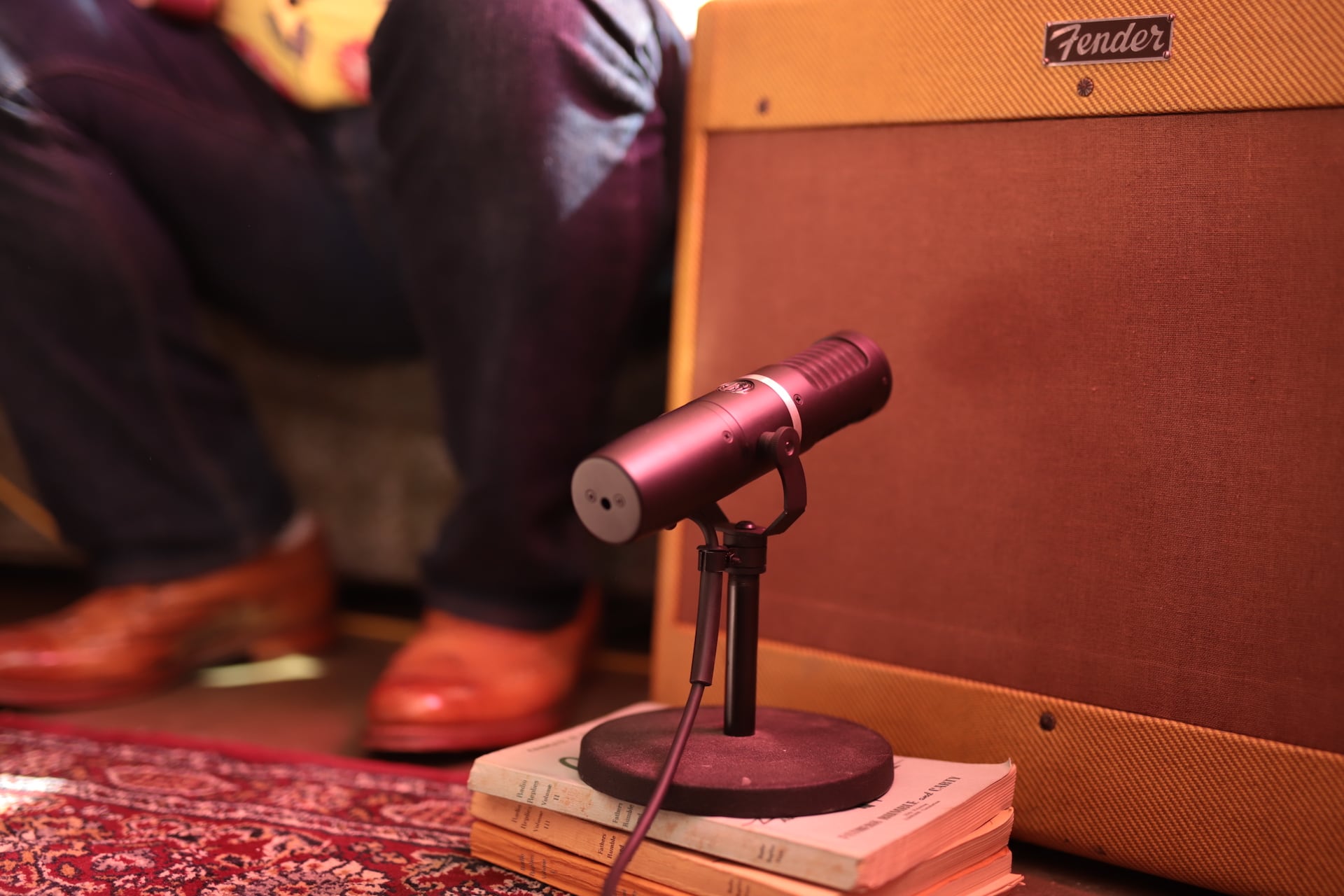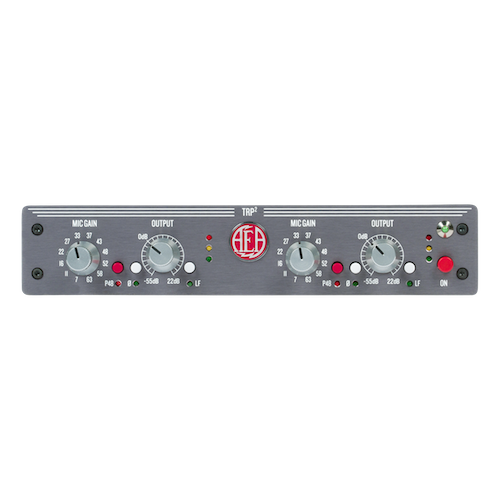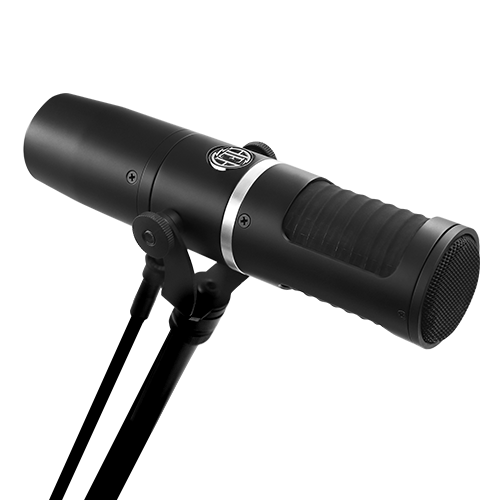The superior focus and rejection of the supercardioid KU5A make it an ideal mic to capture electric guitar without capturing excessive room tone or bleed from other sources. The focused directionality is highly advantageous in nearly any setting, indoor or outdoor.
Extensive, detailed top-end and a supercardioid polar pattern make the KU5A a great choice to capture the sound of an electric guitar. The KU5A excels at capturing the sound of your instrument by limiting room reflections allowing you to use it in almost any recording environment. Bumps in response at 5kHz and 10kHz delivers enough bite to make the KU5A the only mic necessary to record electric guitar, eliminating the need to blend additional mics for top-end balance.





